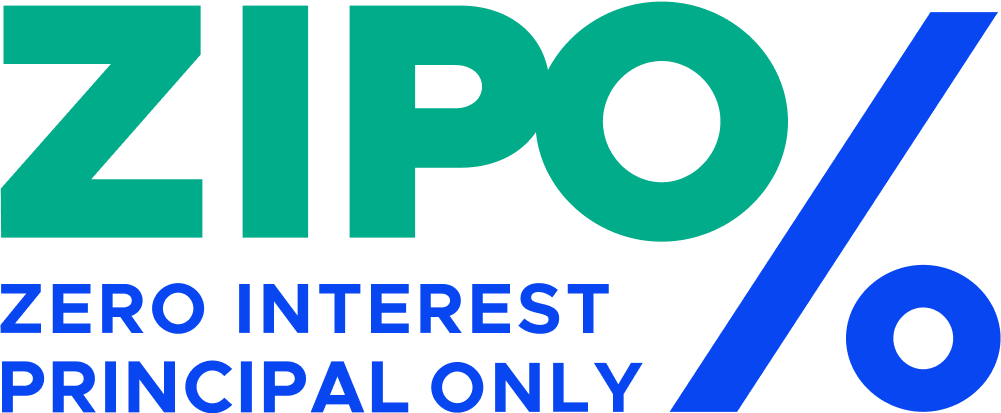NEWS
3 Ways the Student Debt Crisis is Affecting the Typical American Family
Years ago, family conversations about college revolved around filling out admissions applications and picking out bedding for the dorm room. Now, many families face awkward discussions about finances, and selecting a school can often turn into a heated topic.
Due to the high cost of tuition and housing, some parents have begun stepping away from encouraging their child to attend college. Sadly, the debt that parents incur trying to pay for their child’s education can even create rifts in the family.
Understanding the severe effects that student debt is having on families is as simple as looking at these three emerging trends that are affecting people from all socioeconomic backgrounds.
Parents Are Taking On More Debt
For decades, parents could rely upon college funds to cover their child’s education. Back then, a couple would start putting money into a savings account to pay for college when their child was born. By the time their child grew up, they usually had more than enough to send them to their preferred school.
While many parents still set up college funds today, the skyrocketing tuition prices have made it common to come up short. Despite scholarships and grants, parents are often finding that they need to take out loans to make sure that their child can complete their education.
Since this is typically happening during a time when middle-aged adults should be saving for retirement, the added debt means that they must make difficult choices. Many parents are choosing to work multiple jobs or put off important needs to make ends meet.
Young Adults Are Facing Challenges With Self-Sufficiency
According to the Federal Reserve, the average monthly student loan payment is $393. Many young adults find that already owing this amount of money each month makes it difficult to afford things, such as car payments and rent. This has led to more young adults living at home for longer. Some former students are also being forced to delay other major milestones, such as getting married and starting a family.
Currently, the Pew Research Center reports that 52% of young adults aged 19-29 live with one or both of their parents. In addition to putting strain on families, this arrangement holds young adults back from enjoying the financial benefits of living on their own, such as earning equity in a house.
Zero interest student loans won’t completely erase the payments that students find to be staggeringly high, but they can help to lower them to a more affordable amount.
Students Are Settling for Less Expensive Colleges
Many young students begin dreaming about their future college and career at an early age. Some students want to continue their family’s legacy of attending a certain university. Others know that attending an Ivy League school is the best choice for making connections to build their career.
Ambitious students often begin working on making sure that they’ll be accepted to the school of their dreams while they are still in middle school. Unfortunately, these dreams are often having to be set aside due to the expense of an education at a major university. Families who are afraid of taking on too much debt are having to tell their children to look at less expensive colleges.
Although an in-state school or community college might be more affordable, it is simply unfair to see someone who has worked so hard be forced to set aside their dreams due to money concerns.
Going to college should be a step that puts every student on the right track for success. The very idea that graduates continue to struggle financially long after they get their degree is unjust. While the need for student loans will likely continue, there are things that we can do to alleviate the burden of debt on the average American family. Zero interest loans free up a large portion of each family’s income so that they can pay down their debt and look forward to a more financially stable future.
